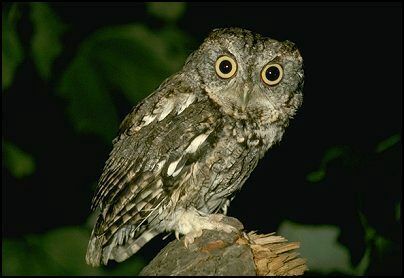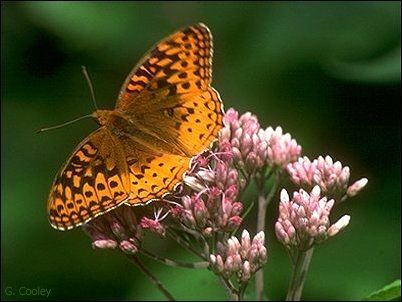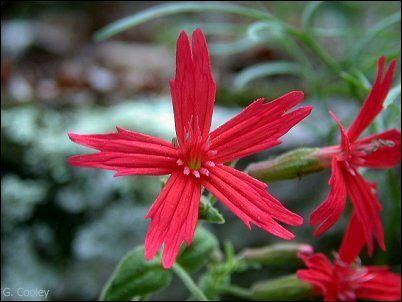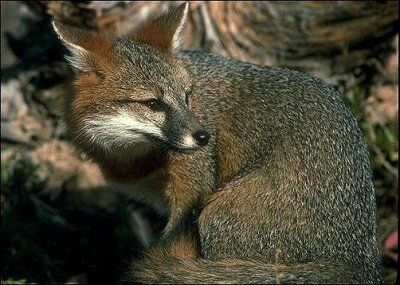It all depends on what you're hoping to see—birds, animals, butterflies, wildflowers? While it may be tricky to spot all of these in the same place, we can help you find exactly what you're looking for. Whether you're seeking a specific species or just want to enjoy the local wildlife, we're here to guide you.
Bird Watching
The Norfork Lake area is home to 115 different Eco Land Types (ELTs), and with approximately 25,000 acres of public land under wildlife management, our local flora and fauna thrive. The Army Corps of Engineers has installed wildlife watering ponds and food plots throughout the area, aiming to have a pond every 100 acres to provide a consistent water source for wildlife. The region's food chain is heavily reliant on "hard mast" (acorns and nuts), and while some years provide a bounty, others may be lean. To help during the tough years, the Corps plants food crops in designated food plots, making these areas ideal for spotting wildlife, birds, and wildflowers. Just ask us for directions—these spots are on private land, so you won’t have to worry about trespassing.
Wildlife Spotting
In addition to the food plots and ponds around the lake, there’s another 120,000 acres of public land in the Sylamore District of the Ozark National Forest, located about 45 minutes away. This remote area is perfect for birdwatchers and wildlife photographers. The best way to spot wildlife is by slowly driving the back roads at twilight. In some parts of the forest, you might not hear a single human sound for hours, and with the chance of encountering black bears, it’s an adventure for those looking for a truly wild experience.
Wildflower Walks
While there are no designated wildflower paths on public property, you won’t need them. Wildflower enthusiasts say the best places to hunt for blooms are along back roads, where you can enjoy the search from the comfort of your vehicle. Wildflowers also thrive on wet bluff faces, creek bottoms, and along the shores of rivers and lakes. Many people even spot them while floating the river in johnboats or walking the railroad tracks along the White River. For those seeking a true botanical adventure, the Cliffty Canyon Special Interest Botanical Area in the Sylamore District is the ultimate destination.
Butterflies, Dragonflies, Damsel Flies, & Insects
Although entomologists haven’t completed a comprehensive inventory of dragonfly and damsel fly species in this area, they are abundant, especially in cedar glades, hillside pastures, and around cattle ponds. Dragonflies are also common in areas where creeks meet lakes, creating mud flats. Interestingly, while mosquitoes are rare, you’ll find plenty of butterflies, particularly around moisture spots on gravel roads. When they’re "puddling"—drinking water and absorbing minerals from the ground—these butterflies are easy to observe, offering a unique and peaceful viewing experience.



